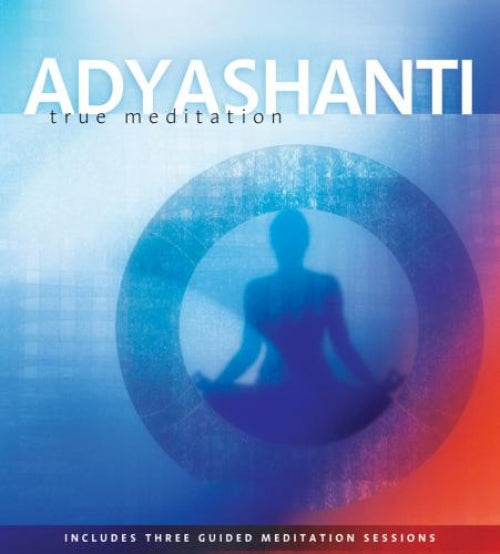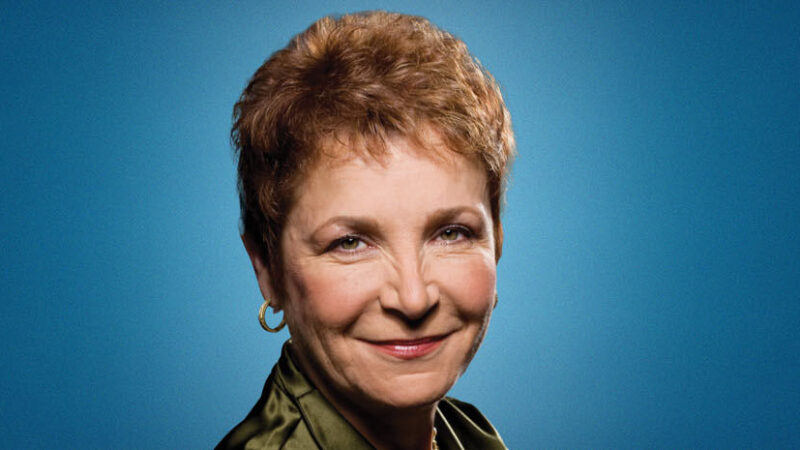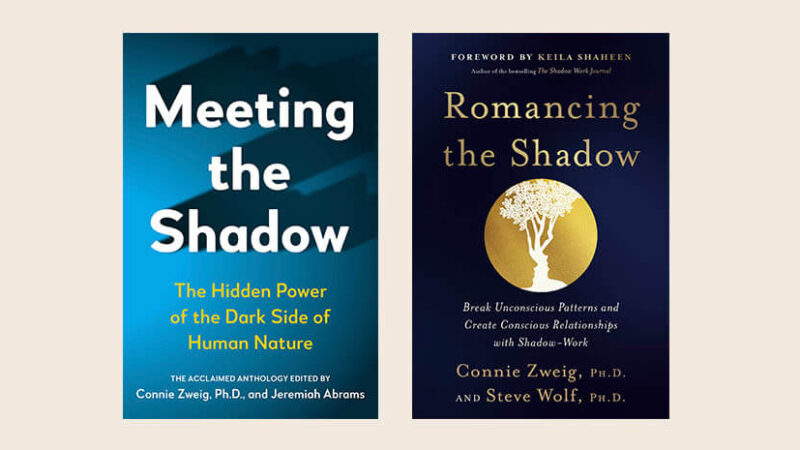Adyashanti is a widely beloved, American-born spiritual teacher whose practice is rooted in Zen Buddhism but has expanded beyond any one path or perspective. He has created many books and audio programs through Sounds True, including Resurrecting Jesus, Emptiness Dancing, and Healing the Core Wound of Unworthiness. In this episode of Insights of the Edge—which previously appeared as part of the provocative interview series Waking Up: What Does It Really Mean?—Tami Simon and Adyashanti inquire deeply into what exactly constitutes “awakening.” Adya describes his own experiences of awakening, vividly comparing and contrasting his felt sensation of each of these life-changing experiences. Tami and Adya also discuss whether awakening is a sudden or gradual process, and what one can and cannot expect from these moments of profound epiphany. Finally, Adya shares his pith instructions on how to encourage such a spiritual awakening.










